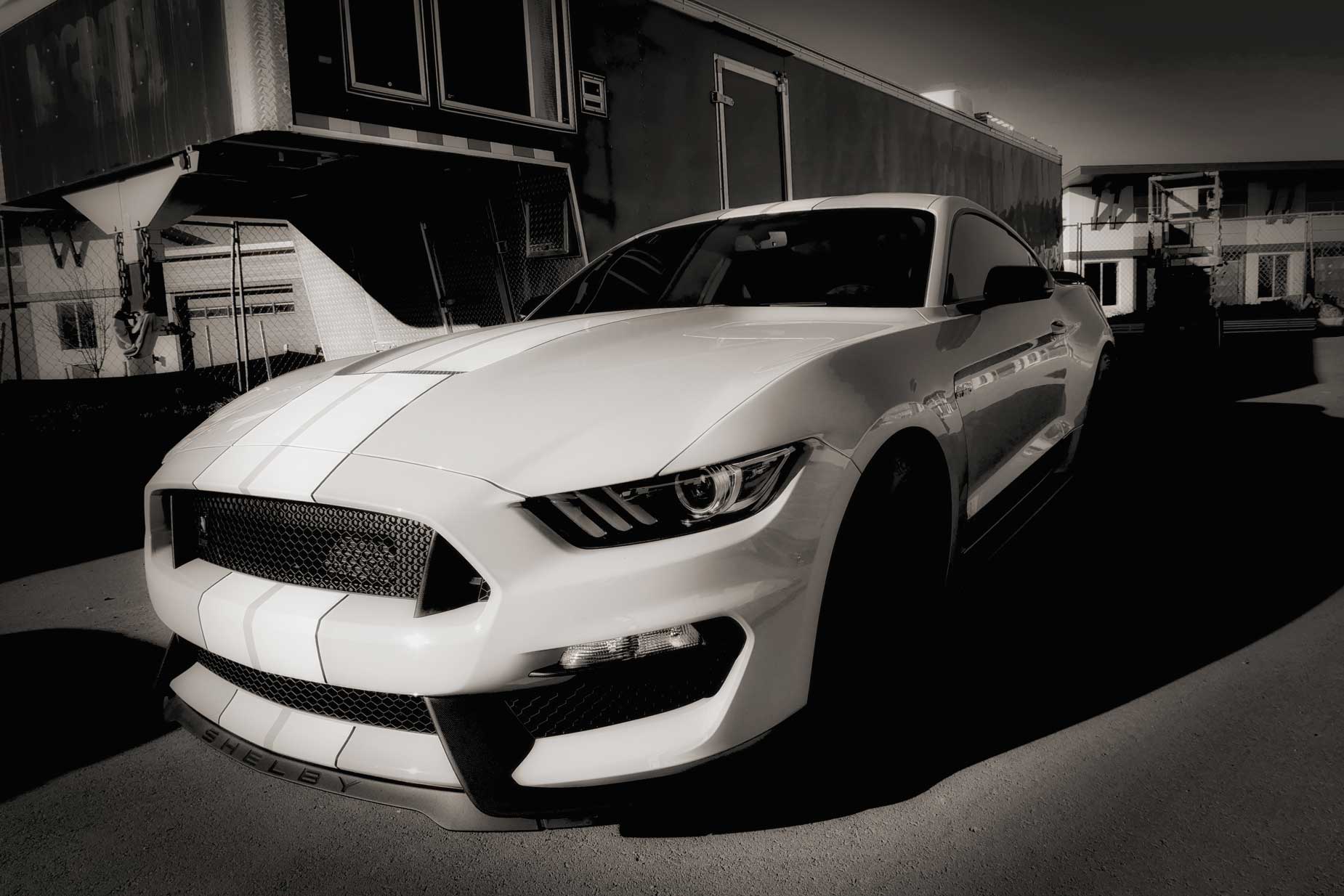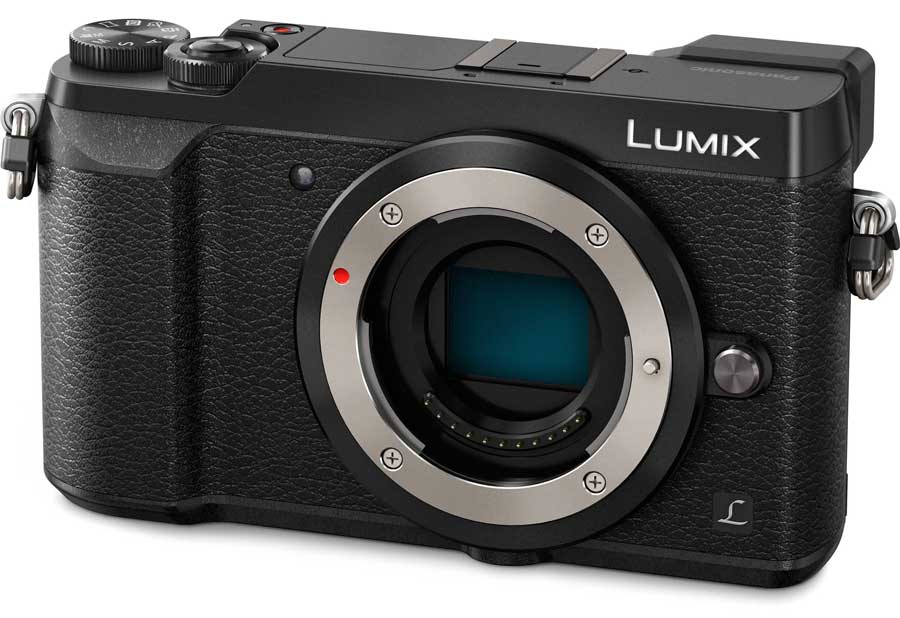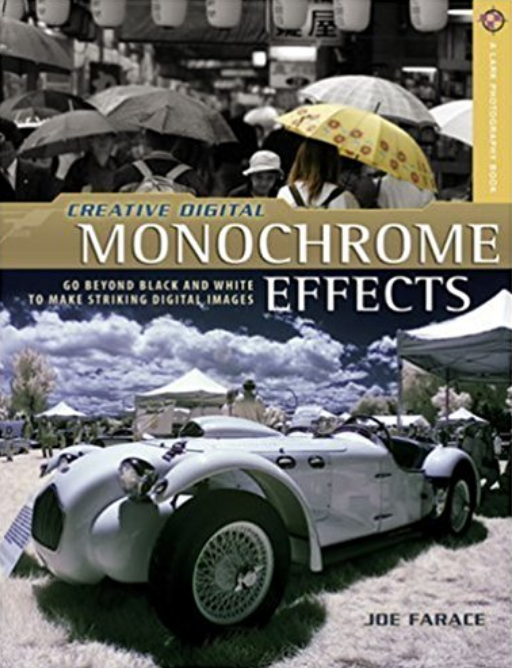Today’s Post by Joe Farace
I didn’t know I was doing film noir, I thought they were detective stories with low lighting! —Marie WindsorProving you can change your tune, Paul Simon changed some of the lyrics to his song Kodachrome to “everything looked better in black & white” when performing the song in Central Park in 1991.—Joe Farace
Lately I’ve noticed a trend related to post on this blog. Even though only some of each month’s posts were about black and white photography, it turned out that these were the most popular posts.
And I think that I understand why. Sometimes color confuses a viewer by taking the focus away from the photograph’s real subject. And I think that some black and white images, such as landscapes and maybe cars, seem to have more drama when seen in monochrome. With a blue sky, like we get in Colorado 300 days a year, clouds can “pop” adding a more exciting look.

How I made this shot: This image of Shelby Mustang, that I call “Film Noir Mustang,” was captured in color at a Cars and Coffee event in Parker, Colorado. The camera used was a Panasonic Lumix GX85* with Lumix G Vario 12-32mm f/3.5-5.6 kit lens at 12mm. The image was processed in Exposure Software’s Exposure and tweaked further in Color Efex. Yes, I know the photo’s supposed to be black and white but there is some warm tones going on here.
There are many ways that you can black & white digital photographs
 You can capture images the same way you do now in color and convert the image file into monochrome later using software such as Silver Efex or Alien Skin’s Exposure, as I did with today’s featured image.
You can capture images the same way you do now in color and convert the image file into monochrome later using software such as Silver Efex or Alien Skin’s Exposure, as I did with today’s featured image.
You can also shoot black & white images directly in-camera. Almost all DSLRs and mirrorless cameras offer monochrome modes and even toning effects when you shoot in direct black and white and you can see how it looks while making the image. Here’s an old tip: Shoot in RAW+JPEG mode so you still have a color file, if you change your mind later.
When shooting RAW+JPEG the instant feedback of seeing the images in monochrome helps focuses your vision and also lets you show your subject—and yourself—what you’re trying to accomplish. You don’t have to explain how you’ll convert the shot into monochrome later; it’s already there on the LCD screen! (And with mirrorless cameras, in the viewfinder too.) This approach provides an immediacy to the process and you can make B&W prints using a PictBridge printer or drop your memory cards off at a local Target because capturing the file in black and white saves time.
**Do/Did I love the Lumix GX85 as much as my two Lumix GX1’s? Nope. Which may be why I sold the GX85 last fall—and got a good rice for it too.
Copies of my book Creative Digital Monochrome Effects is available from Amazon with new copies selling for $11.46 and used copies starting around two bucks, way less than a trenta Pumpkin Spice Frappuccino at your local Starbucks drive-through. No Kindle version of the book was ever available, sorry
